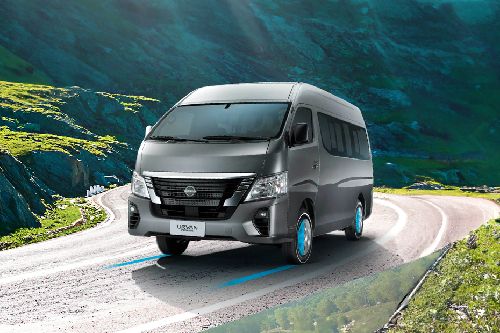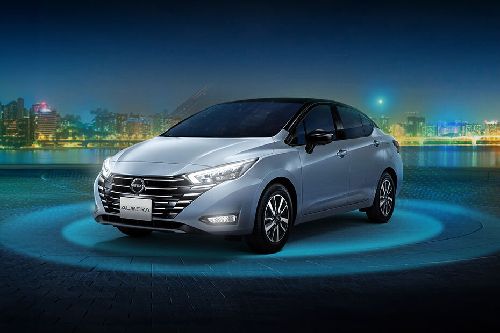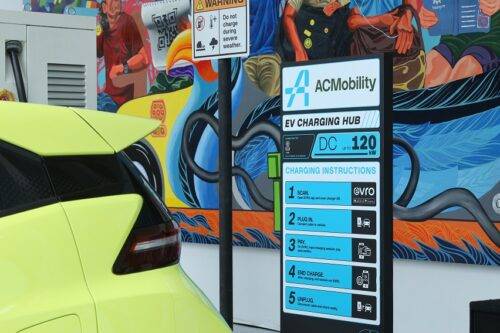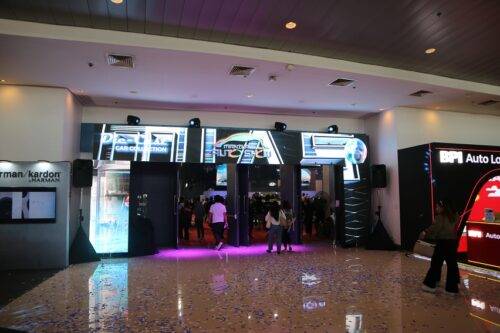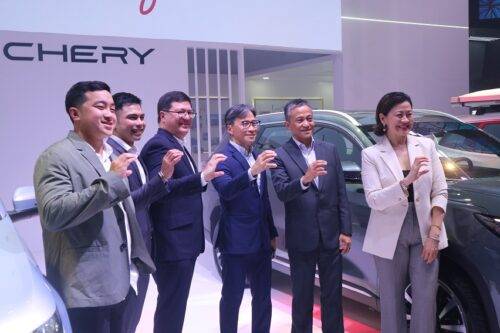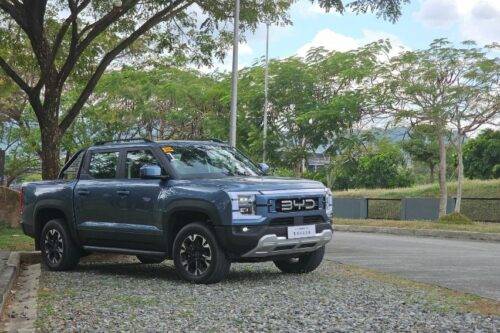Nissan’s new technology inactivates viruses using catalyst active species
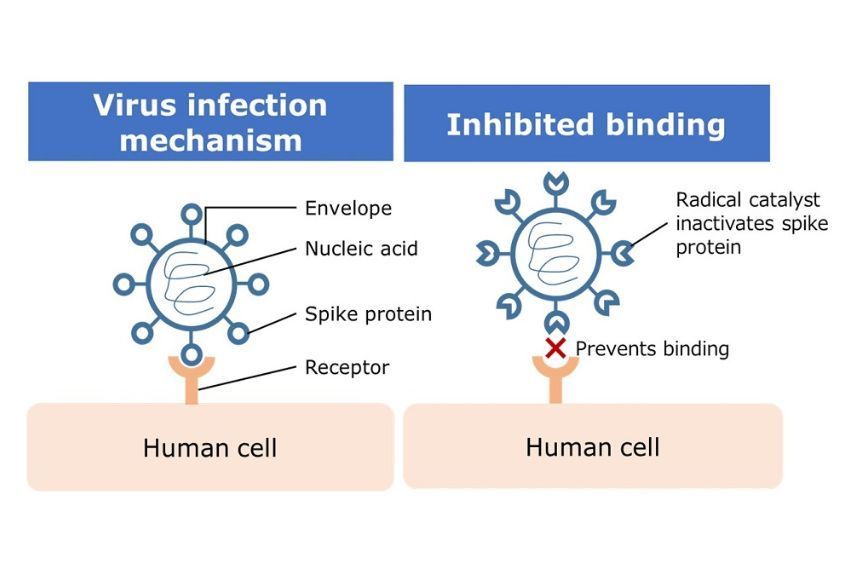
MANILA: Nissan Motor Co., Ltd., in collaboration with Tohoku University Faculty of Pharmaceutical Sciences, developed a technology that inactivates viruses using catalyst active species for aerobic oxidation.
KEY TAKEAWAYS
How does Nissan's new technology work?
Organic catalysts for nitroxyl radical oxidation are used in this technology. They use molecular oxygen in the surrounding air serving as a terminal oxidant to denature organic compounds in the presence of the right co-catalysts. The oxoammonium salts made from radical catalysts by aerobic oxidation inactivate the surface proteins of viruses, decreasing their ability to attach to target cells.What pathogens can be activated by Nissan's new technology?
Nissan's new technology can inactivate pathogens like viruses, fungus, and bacteria, including the novel coronavirus.The technology has the potential to be used to inactivate viruses by oxidizing, denaturing, and degrading proteins and other components on the virus surface. The catalyst species performs this action at room temperature even in the dark without needing light irradiation, thanks to oxygen in the air functioning as an oxidant.
This technology can also inactivate pathogens like fungus and bacteria, including the novel coronavirus. It can possibly be used as an antibacterial and antiviral base material in filters for air conditioners and air purifiers, as well as in masks and medical textiles, in the future.
Organic catalysts for nitroxyl radical oxidation are used in this technology. They use molecular oxygen in the surrounding air serving as a terminal oxidant to denature organic compounds in the presence of the right co-catalysts.
According to studies on the effects of this technology, the oxoammonium salts made from radical catalysts by aerobic oxidation inactivate the surface proteins of viruses, decreasing their ability to attach to target cells. Additionally, processing the receptor-binding region of the spike protein of SARS-CoV2 omicron strain drastically reduces the spike protein's ability to attach to the receptor. An alternative SARS-CoV2 virus called feline coronavirus was used to test its infectious activity on feline renal cells, and it was found to significantly limit infection-related morphological changes in the cells.
This technology was developed by combining the automotive development technologies and expertise of Nissan with the pharmaceutical sciences, catalyst preparation, and performance evaluation technologies of Tohoku University.
The polymer base components of car paints, as well as the fiber and organic polymer materials used in car interiors and exteriors, all contain radical catalysts. They prevent photodegradation reactions over long periods of time. To maximize their catalytic performance and further benefit society, Nissan has been exploring and developing the use of radical catalysts to inactivate viruses.
Photo from Nissan Motor Co., Ltd.
Also read: Nissan PH brings innovative, sustainable mobility closer to Filipinos at PIMS 2022
Sell your car at the best price
 Verified and genuine buyers
Verified and genuine buyers
Nissan Car Models
Trending & Fresh Updates
- Latest
- Popular
You might also be interested in
- News
- Featured Stories
Nissan Featured Cars
- Latest
- Upcoming
- Popular
Nissan Car Articles From Carmudi
- journal
- insurance



